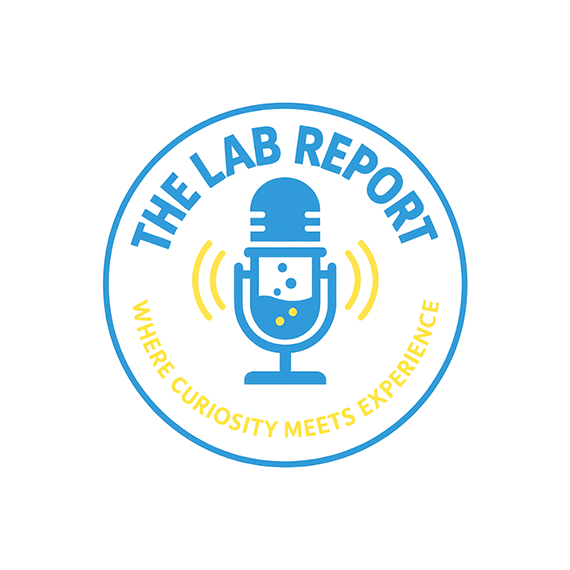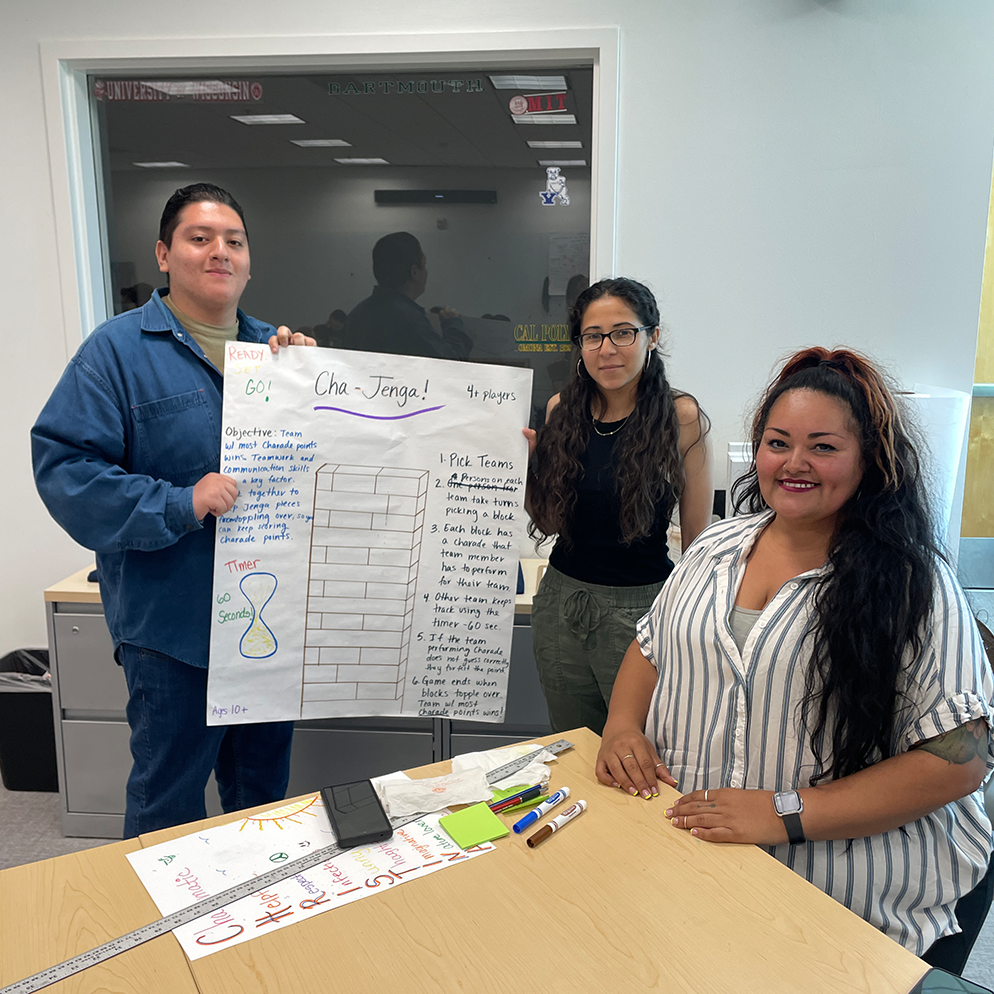When you picture a scientist, what do you see? Did you immediately think of a mad scientist? Chances are you pictured a white male, wearing some form of eyewear, in a lab, using test tubes. You are not alone. This image is something that researchers have found across the globe through the use of the Draw-a-Scientist Test.
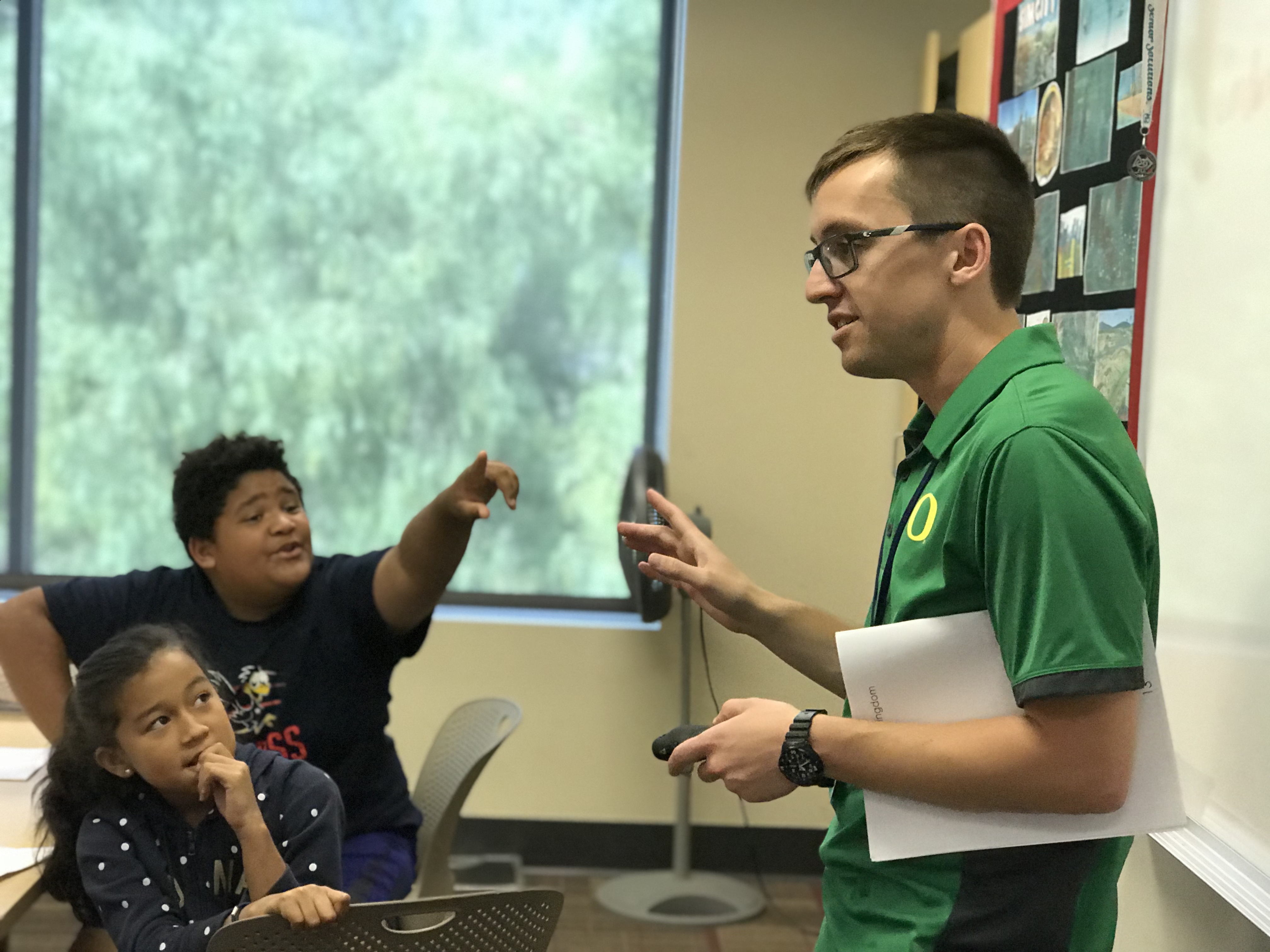
As a learning facilitator at the TGR Learning Lab in Anaheim, CA and a Teaching Biological Sciences master’s candidate at Miami University, I had the opportunity to complete my own Draw-a-Scientist study this past summer. Through the research project, I sought out to answer the following questions:
- How do students picture scientists?
- How do students feel about science?
- How can TGR Learning Lab programs change these two attitudes?
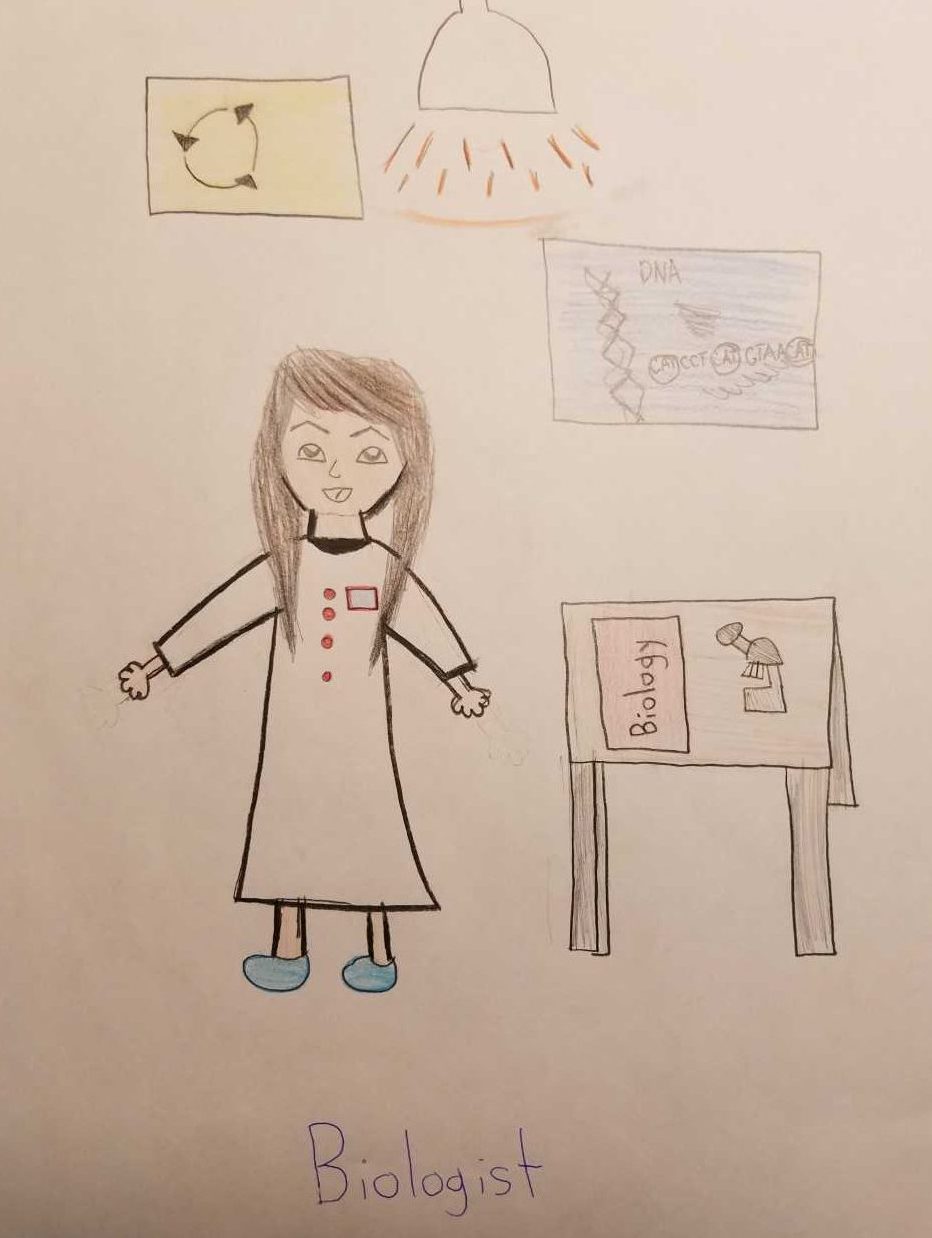
During the Draw-a-Scientist Test, students spend twenty minutes sketching “a scientist doing science.” The test was first used in the 1980’s to examine students’ implicit biases regarding scientists.
Using it as a tool, we could see how our students, who are typically from diverse backgrounds, think about professionals in the field. The greater the differences between our students and scientists, the harder it will be for our members to picture themselves as researchers.
For the study, I created a rubric based on eight different categories and generated a diversity score for each drawing. Students took the test at the start of the class and at the end during four of our summer classes for a total of 131 drawings.
The results were incredible.
BEFORE

These pie charts show the breakdown of all possible diversity points in the drawings. The first one represents the start of the class, and the second is the post class test. Gains were made across all categories.
AFTER
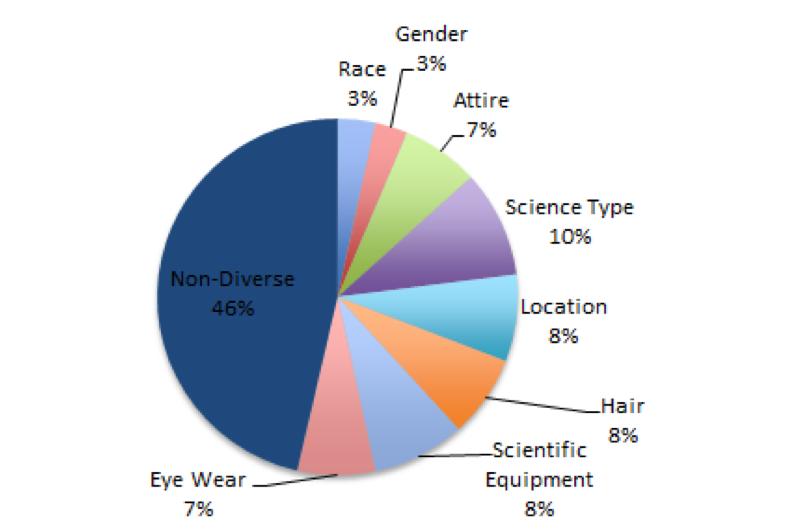
The initial test resulted in a low diversity score with a dramatic change by the end of the class. There was a 15% increase in the total score of diversity. Fascinatingly, the classes that showed the difference were those in which diverse scientists came in and gave guest lectures to the students.
The results were highly statistically significant – meaning the work we do at the TGR Learning Lab is making a huge impact on our students’ self-perception. Our classes encourage students to take on the role of researchers, investigators and scientists, changing their perspective of professionals. As a result, our student members are picturing scientists as far more than stereotypical images.
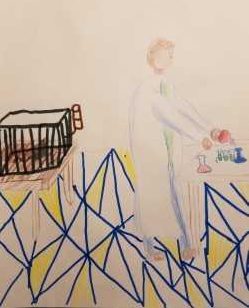
Students also reported that they were more likely to pursue a career in science, experienced increased confidence in their ability and had more interest in science. It is my belief these results are due, in part, to our emphasis on student-driven, hands-on learning coupled with rigorous material.
Why does it matter that our students are thinking of scientists in more ways than a mad scientist? What are the possible long-term effects of a study like this?
Let’s examine the larger picture. Minorities and disadvantaged communities are far more likely to deal with heavy pollution. Their communities are also more likely to be targeted for locations of hazardous waste dump sites. If our students begin to think of scientists as people like themselves then they will become more likely to pursue careers in science. They will also look for solutions to the environmental issues that plague their communities. Additionally, STEM careers are also more likely to be higher paying jobs, helping end the cycle of poverty that encircles many underrepresented families.
The world needs a more diverse workforce in both STEM and conservation. The work that we are doing at our TGR Learning Labs across the nation and worldwide through our digital platform, TGR EDU: Explore, is creating a more environmentally and socially just world. Our students become agents of change to right historical and current wrongs.
Redefining what it means to be a champion.
Scott Ferguson’s full study is available here.

